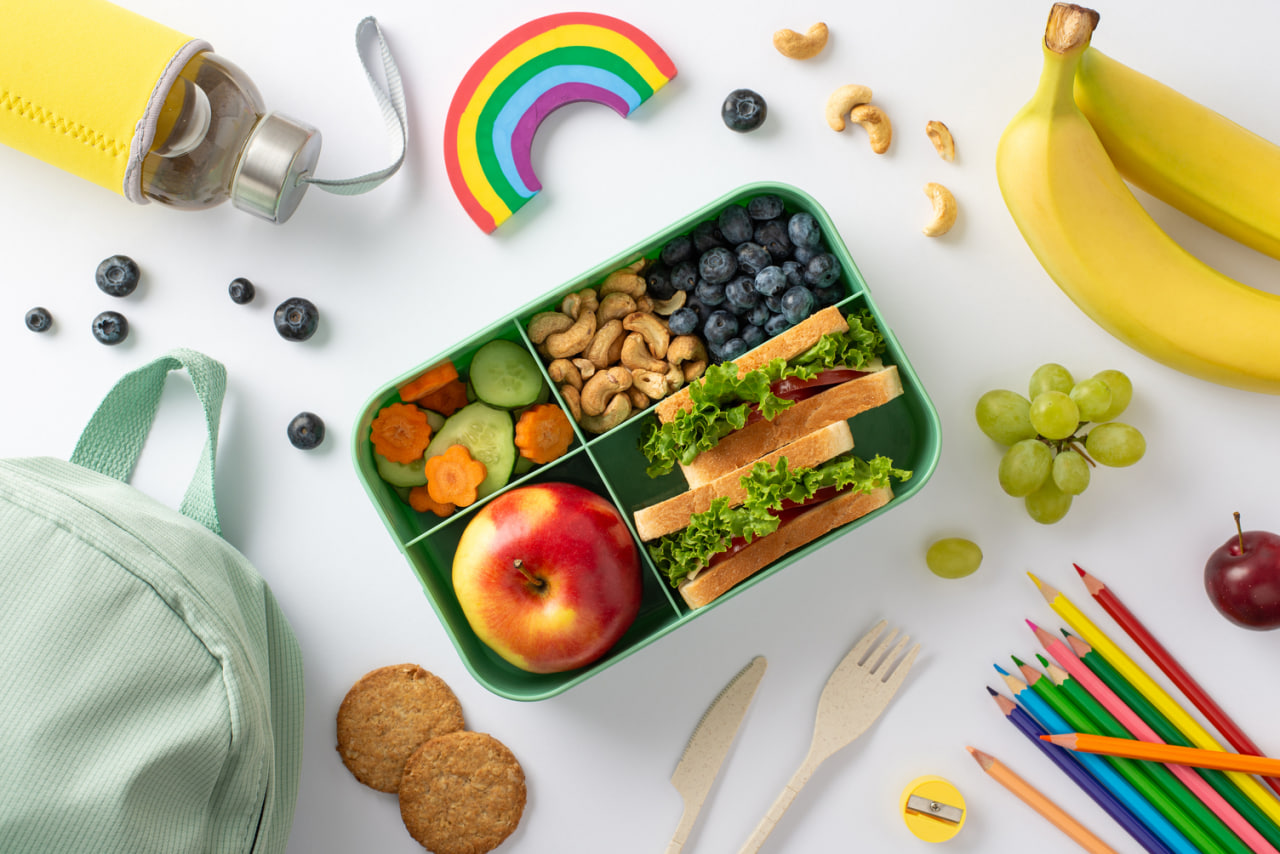Packing school lunches doesn’t have to be a solo responsibility shouldered by parents. In fact, inviting your kids into the process can transform a daily chore into a meaningful routine — one that teaches life skills, encourages independence, and builds a positive relationship with food. When children take part in preparing their own meals, they’re more likely to eat what’s packed, try new things, and feel a sense of ownership and pride.
It’s not about turning young kids into gourmet chefs. It’s about identifying age-appropriate tasks that help them contribute while learning. Even small hands can take on real responsibilities — from picking fruits to assembling wraps or arranging lunchbox compartments. Here are six simple, impactful lunchbox tasks your child can help with, plus why each one matters.
1. Choosing Ingredients from Approved Options
Involving kids in decision-making empowers them. Start by offering them a small list of choices for each category — fruits, vegetables, protein, and grains — and let them pick what goes in the box. For example, “Do you want apple slices or grapes today?” or “Would you like hummus or guacamole with your crackers?”
This gives them a voice while still keeping the options balanced and nutritious. You avoid the overwhelm of an open fridge and ensure they’re excited about what they’ll be eating. This task can be done the night before or during a Sunday prep session for the week ahead.
2. Washing and Prepping Produce
Washing fruits and vegetables is a safe, simple job that even preschoolers can handle. With a stool at the sink and a colander or salad spinner, your child can rinse berries, carrots, or grapes, dry them with a towel, and transfer them to containers.
Older kids can take it a step further by cutting softer items with kid-safe knives — slicing cucumbers, halving cherry tomatoes, or trimming strawberries. These small tasks improve fine motor skills and help kids feel confident in the kitchen.
3. Assembling Sandwiches or Wraps
Spreading hummus, sunflower butter, or cream cheese on bread or tortillas is a great way for kids to practice coordination. From there, they can layer sliced fruits, veggies, or deli-style fillings with a little guidance.
If wraps or sandwiches are too big of a task, let them make pinwheels or mini roll-ups with tortillas and spreads. They can also build their own bento-style meals with small ingredients, like stacking turkey and cheese cubes or creating fruit skewers with toothpicks (supervised, of course).
4. Filling Lunch Compartments or Containers
Once all the components are ready, children can help pack them into the lunchbox. Use a lunchbox with compartments, or small reusable containers, and guide them through the process: protein in one, fruit in another, something crunchy or “fun” in the last.
This step teaches spatial awareness and encourages mindfulness about food balance. Many kids love this part — it feels like building a puzzle or setting up a tray, and it adds to the excitement of opening the box at school.
5. Decorating or Labeling Their Lunch
Personal touches can make lunch feel special. Depending on their age, kids might enjoy decorating reusable napkins, writing their name on a label, or choosing a themed food pick or colorful divider.
These small rituals can make even a simple lunch feel like an event. They’re also a great way to express personality and build routine — especially for younger children who benefit from predictable structure and familiar objects during the day.
6. Cleaning Up or Unpacking
Helping with the cleanup side of lunch — from wiping counters to placing containers in the dishwasher after school — gives kids a full sense of participation. It also reinforces responsibility and the idea that every part of preparing food matters, not just the fun bits.
At the end of the day, encourage your child to help you review what was eaten, what was left behind, and what they liked or didn’t. This conversation not only improves future packing decisions but helps children reflect on their preferences and habits.
Making It Routine
The key to success is consistency and realistic expectations. You don’t need to involve your child in every step every day. Start with one or two tasks a week and build from there. Choose times when you’re not rushed, like Sunday afternoon or the night before a school day. Over time, these responsibilities will become second nature.
By giving kids a role in the lunch-making process, you’re doing more than lightening your load. You’re teaching skills they’ll use for a lifetime — independence, nutrition awareness, and confidence in the kitchen. And you’re creating memories that might just stick around longer than the sandwich they made.
Let them mix, spread, scoop, and pack. It might be a little slower at first, a little messier too. But the investment pays off — in smoother mornings, stronger habits, and a child who knows that food isn’t just something served to them, but something they can create with their own two hands.

